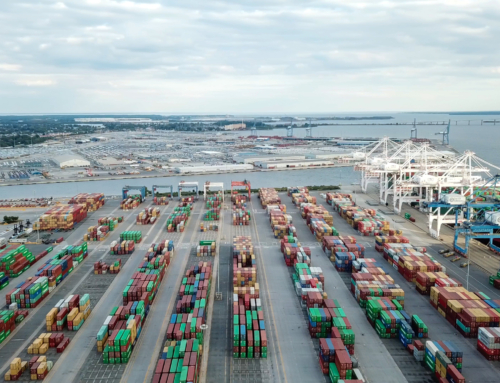Since 2017, shippers moving goods from China to the United States have faced ongoing escalation that has impacted most industries. The 2017 U.S. Trade Policy declared it would focus on promoting U.S. sovereignty, enforcing U.S. trade laws; leveraging economic strength for exports; and protecting U.S. intellectual property rights (IPR). Shortly after, the United Stated initiated a Section 301 investigation of China’s acts, policies, and practices related to technology transfer, intellectual property, and innovation. The spotlight on China’s intellectual property protection policies has been one of the main issues triggering duties and trade retaliation as the economic powerhouses battled in World Trade Organization courts.
This week, as leaders of the world’s greatest economies are meeting in Osaka, Japan, the international trade community is focused on discussions between United States President, Donald Trump, and Chinese President, Xi Jinping as they address key issues that stunted negotiations back in May.
Yesterday, China announced an official program,“Dragon” Action 2019, to “accurately apply and develop the enterprises that have the advantage of exporting intellectual property rights, effectively protect the legitimate rights and interests of foreign-invested enterprises, and crack down on the infringement of the import and export links.”
During the 6-month campaign, starting July 1, 2019, Chinese National Customs will increase their inspection ratio by 30-50%
“to further strengthen the protection of intellectual property rights, effectively crack down on illegal activities of import and export of infringing goods, create a world-class business environment, implement the strategy of strengthening the country with intellectual property rights and the strategy of innovation-driven development, foster new advantages in foreign trade competition, and promote structural reforms on the supply side.”
Chinese shippers, manufacturing, and forwarders have been advised to provide the following reporting guidelines:
- With the R or TM logo, it must be reported that it is branded.
- There is no R or TM logo, but there are obvious letters or Chinese characters on the product or the outer packaging, it can also be reported the card.
- If there is no R or TM logo, there is no obvious letter or Chinese characters on the product or outer packaging, then no card is reported.
- Brand-name inquiry website: https://202.127.48.148/zscq/search/jsp/vBrandSearchIndex.jsp. If there is a record on the website, it is a famous brand. An authorization letter must be issued before the application.
Importers should be prepared for increased scrutiny of intellectual property marking and a crackdown in illegal infringement as China and the United States work towards amicable trade resolution.
As Green continues to monitor the situation, stay up-to-date on freight news by following us on Facebook, Twitter, and LinkedIn. For continuous updates, make sure to check out our website at greenworldwide.com.






